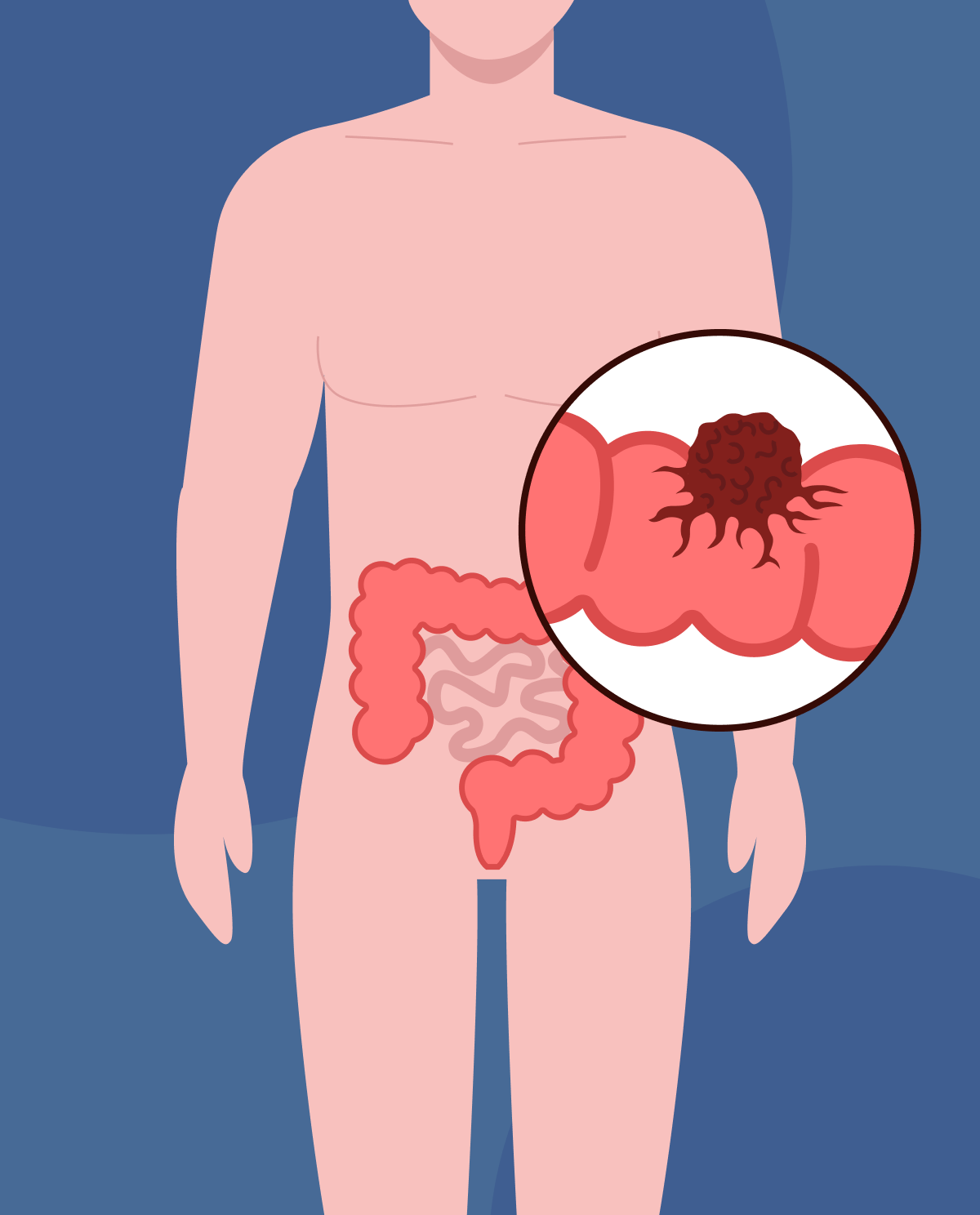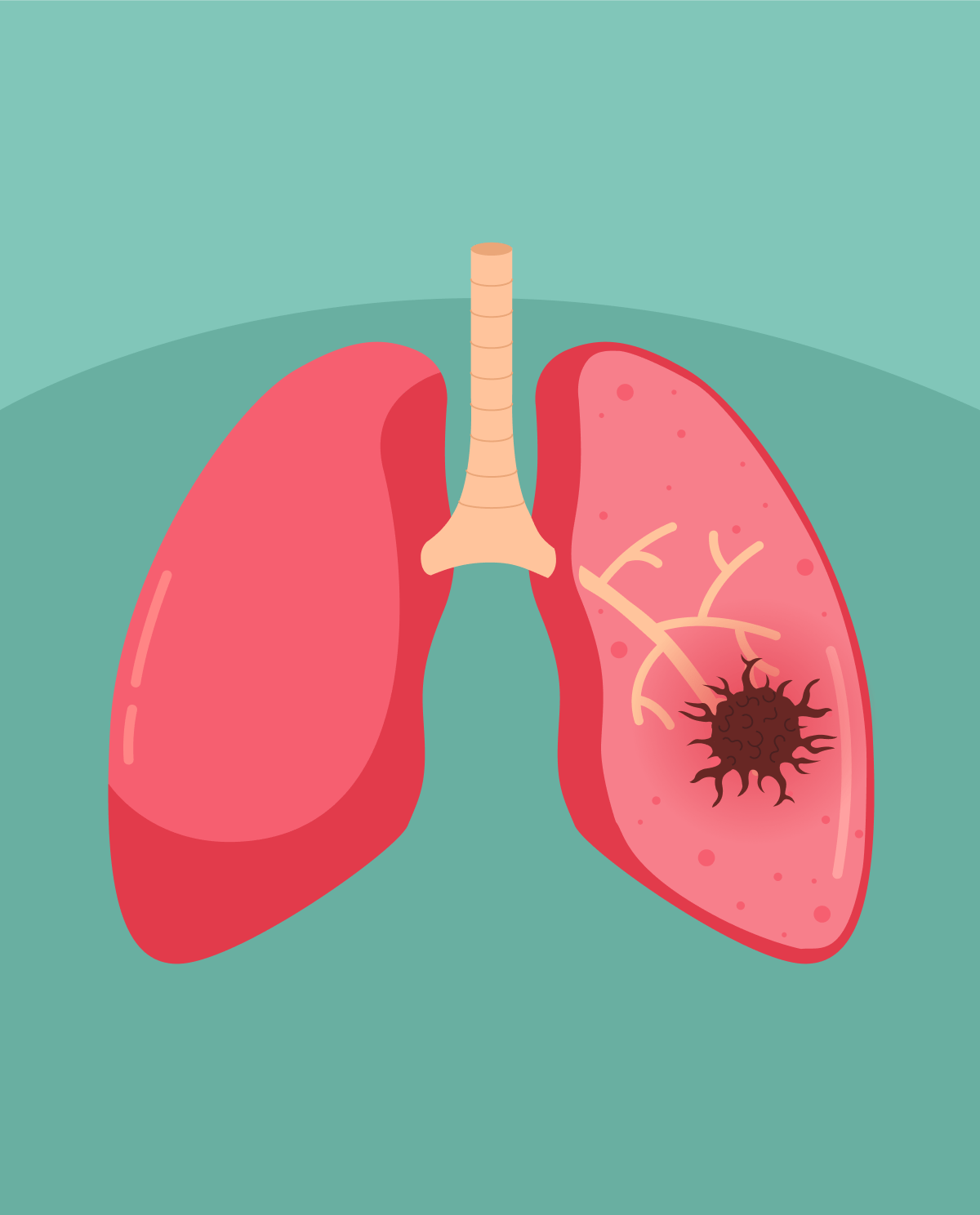Types of Breast Cancer
Researchers have identified various types of breast cancer, each with distinct prognoses and risk factors. The following are some of the types of breast cancer that have been encountered:
- Angiosarcoma: A rare cancer that grows in the lining of blood vessel walls.
- Ductal Carcinoma: Originates in the milk ducts of the breast.
- Lobular Carcinoma: Begins in the milk-producing glands.
- Inflammatory Breast Cancer: A rare and highly aggressive form that blocks the lymphatic system, causing the breast tissue to become swollen and red, resembling an "orange peel."
- Paget's Disease: This cancer affects the areola and skin surrounding the nipple.
- Male Breast Cancer: Though rare, this aggressive form develops in male breast tissue.
Symptoms Associated with Breast Cancer
The symptoms of breast cancer may include:
- Thickening or Lump: Found in the breast or armpit.
- Change in Shape/Size: Alterations in the appearance of the breast.
- Nipple Inversion: The nipple turning inward.
- Skin Changes: Including pigmentation, crusting, inflammation, peeling, etc.
Risk Factors Associated with Breast Cancer
Certain factors may increase the risk of developing breast cancer, such as:
- Gender: Being female.
- Age: Risk increases with age.
- Family History: A history of breast cancer in the family.
- Genetic Mutations: Such as BRCA-1/2.
- Early Onset of Menses: Before the age of 12.
- Late Menopause: If menopause takes longer to set in.
- Hormonal Replacement Therapy: Particularly in postmenopausal women.
- Alcohol Consumption.
- Late Childbirth: Giving birth after the age of 30.
Diagnosis of Breast Cancer
The diagnosis of breast cancer may involve:
- A physical breast examination by a physician.
- A mammogram, an X-ray test used for breast screening, with a diagnostic mammogram recommended if an abnormality is detected.
- Ultrasound of the breast.
- A biopsy to examine tissue samples.
Treatment Options
Treatment for breast cancer may include:
- Surgical Options: Such as mastectomy (entire breast removal), lumpectomy (removal of a lump while conserving the rest of the breast), and lymph node removal.
- Radiation Therapy: To target and destroy cancer cells.
- Chemotherapy: Utilizing drugs to kill or slow the growth of cancer cells.
- Hormonal and Targeted Drug Therapy: To block hormones that fuel cancer.
- Immunotherapy: To boost the body's natural defenses against cancer.
- Breast Cancer Statistics and Resources - Breast Cancer Research Foundation
- Breast Cancer - Symptoms and Causes - Mayo Clinic
- Breast Cancer: Current Research and Reviews - NCBI Bookshelf
- Current State of Breast Cancer Diagnosis, Treatment, and Theranostics - PubMed Central (PMC)








